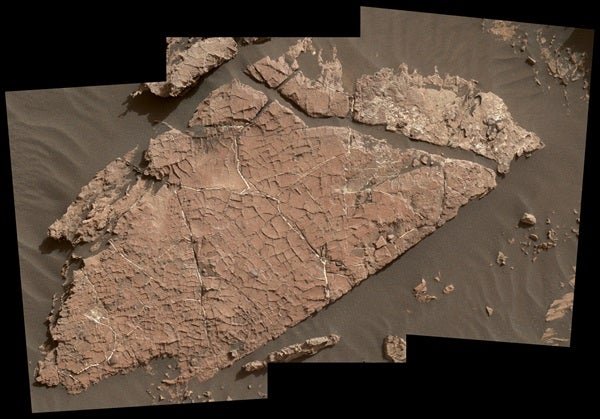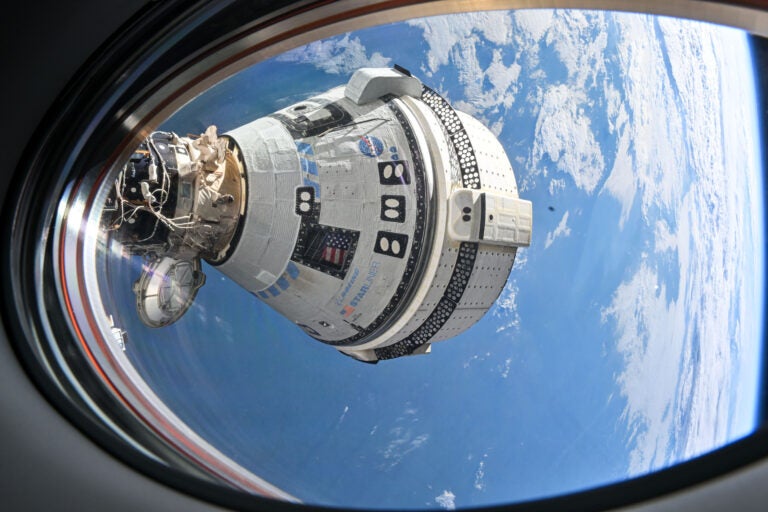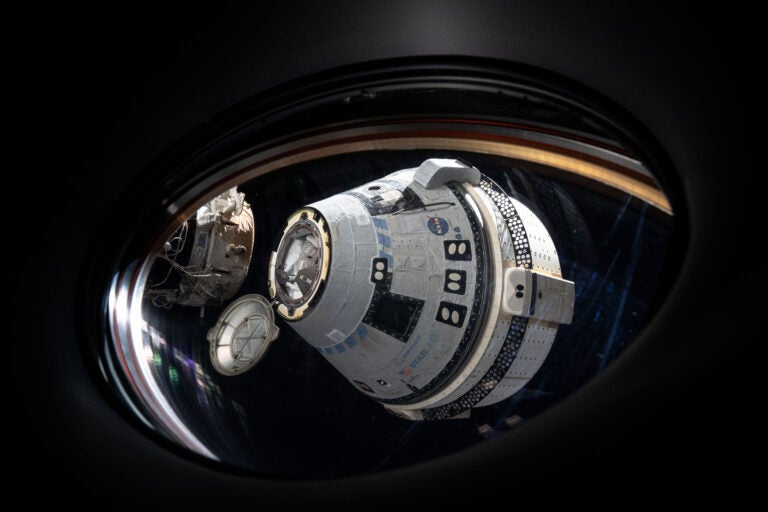It’s common knowledge that mud forms by combining dirt and water. So when a team of scientists found what appeared to be mud cracks on Mars, they knew they had to investigate further.
The team used NASA’s Curiosity Mars rover and studied rock areas with cracks that Curiosity team member Nathan Stein said is most likely mud. If that’s true it’s evidence there was once water there that has since evaporated.
“Even from a distance, we could see a pattern of four- and five-sided polygons that don’t look like fractures we’ve seen previously with Curiosity,” Stein said in a press release. “It looks like what you’d see beside the road where muddy ground has dried and cracked.”
The rock slab they took most notice in is called “Old Soaker,” which they believe formed 3 billion years ago, was buried, and became rock. It was later exposed thanks to wind erosion.
The Curiosity examined the cracks in Old Soaker and found that they were made two different ways: surface cracks caused by sand or dust that hardened into rock, and underground cracks caused by sedimentary pressure. The latter usually become filled with minerals from groundwater.
“If these are indeed mud cracks, they fit well with the context of what we’re seeing in the section of Mount Sharp Curiosity has been climbing for many months,” said Curiosity Project Scientist Ashwin Vasavada of NASA’s Jet Propulsion Laboratory in Pasadena. “The ancient lakes varied in depth and extent over time, and sometimes disappeared. We’re seeing more evidence of dry intervals between what had been mostly a record of long-lived lakes.”
The Curiosity also picked up evidence of sandstone layers along with the mudstone layers as well as cross-bedding, a type of layering formed either by a windblown sediment or rushing water.
Scientists are still studying the mud cracks and looking for similar instances as the Curiosity continues roving the Red Planet.










